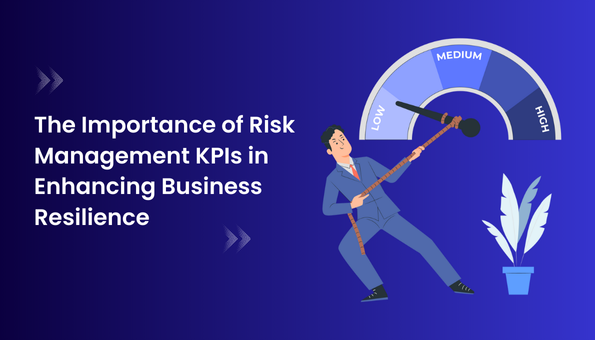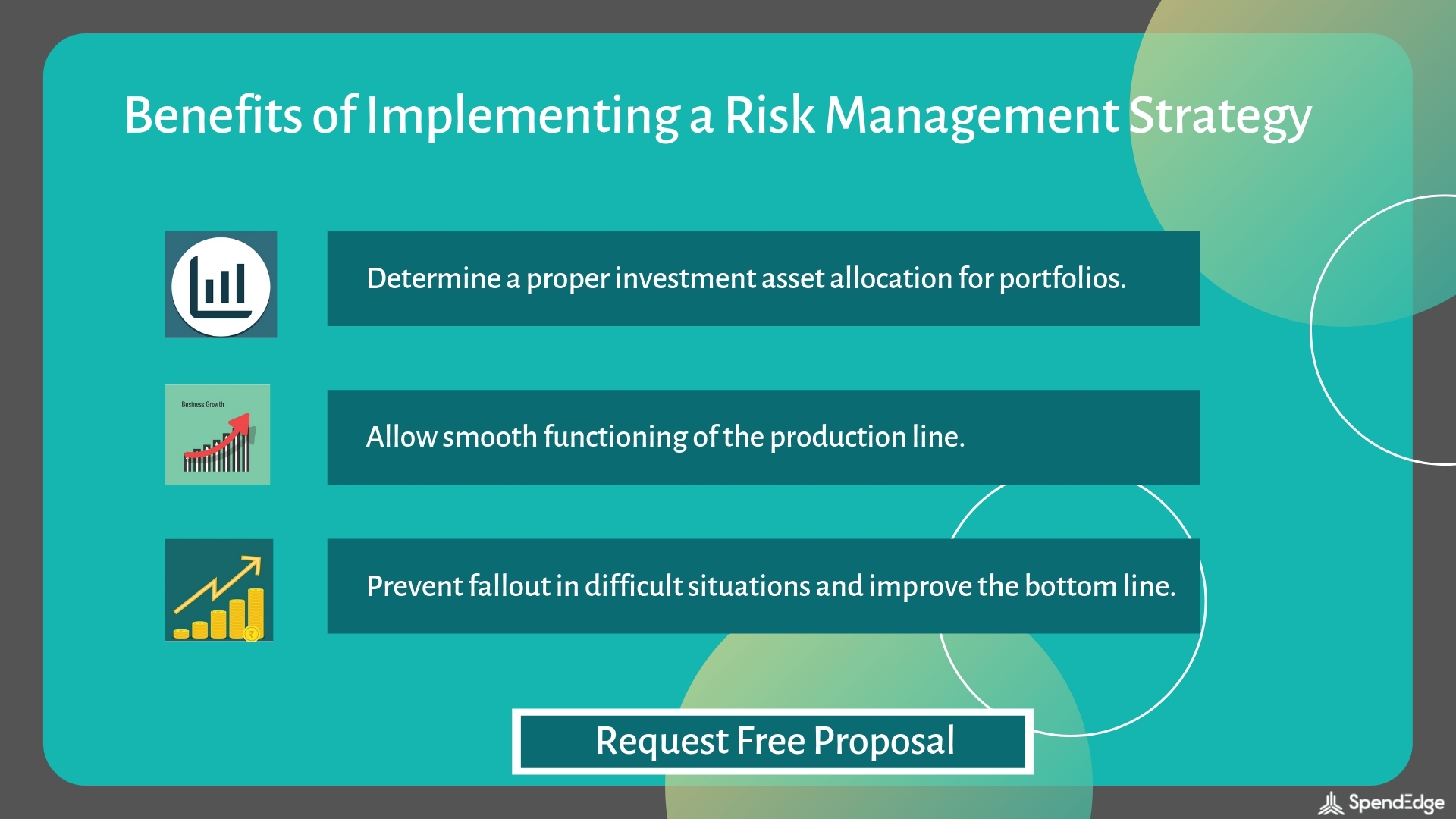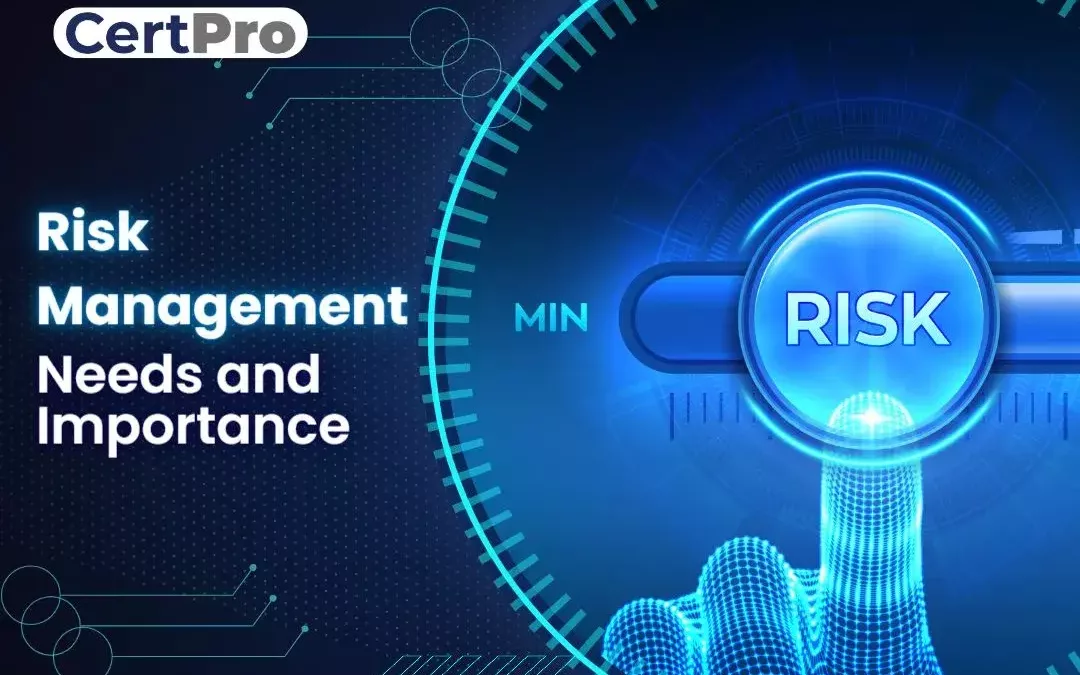Discovering the Relevance of Risk Management for Effective Decision-Making Techniques
In the complex globe of business, Risk Management arises as a critical aspect in the decision-making process. The capability to recognize potential dangers and possibilities, and strategize accordingly, can mean the distinction between success and failure.
Recognizing the Principle of Risk Management
Risk Management, an important part in decision-making, is frequently misunderstood or oversimplified. Typically, it describes the recognition, evaluation, and prioritization of risks to minimize, keep track of, and manage the likelihood or influence of unfavorable occasions. It's not just concerning protecting against adverse end results, yet likewise about recognizing possible opportunities. Risk Management involves structured and self-displined strategies, making use of data and insightful assessments. It requires a comprehensive understanding of the company's context, purposes, and the prospective dangers that could combat them. From economic unpredictabilities, lawful obligations, strategic Management mistakes, to mishaps and natural catastrophes, it attends to various risks. Notably, efficient Risk Management is not stagnant; it's a continual, positive process that advances with altering situations.
The Duty of Risk Management in Decision-Making Processes
In the world of critical preparation and organization operations, Risk Management plays an essential role in decision-making procedures. Risk Management therefore ends up being an important tool in decision-making, aiding leaders to make enlightened selections based on an extensive understanding of the dangers included. Risk Management serves as a vital component in the decision-making procedures of any company.

How Risk Management Improves Strategic Preparation
In the context of calculated preparation, Risk Management plays a crucial function. Launching with the identification of potential threats, it further encompasses the implementation of Risk mitigation procedures. The role of Risk Management is not static yet vibrant, as it demands consistent tracking and adjusting of techniques.
Identifying Possible Dangers

Executing Risk Mitigation
Having actually developed the importance of identifying possible dangers, the following step is to check out Risk mitigation. This process includes establishing and applying approaches to manage identified dangers successfully. It is a critical facet of critical preparation as it boosts decision-making by decreasing possible adverse results. Risk reduction techniques can range from Risk evasion, Risk transfer, to run the risk of reduction. Each strategy needs to be customized to the specific Risk, considering its possible influence and the company's Risk tolerance. Reliable Risk mitigation calls for a deep understanding of the Risk landscape and the prospective impact of each Risk. This understanding allows organizations to focus on threats and designate resources successfully, making sure that the most significant hazards are resolved first.
Tracking and Adjusting Methods
Though Risk reduction is a crucial action in strategic planning, continuous monitoring and modification of these methods is equally essential. It likewise offers a chance to assess the success of the Risk Management actions, enabling changes to be made where needed, additional improving tactical planning. Monitoring and readjusting Risk Management strategies is a crucial component for improving a company's durability and tactical planning.
Case Studies: Effective Risk Management and Decision-Making
In the globe of company and money, successful Risk Management and decision-making often offer as the pillars of flourishing enterprises. These instances highlight the value of sharp Risk Management in decision-making processes. These cases emphasize the vital role of Risk Management in tactical decision-making.
Devices and Techniques for Efficient Risk Management
These devices, such as Risk signs up and warmth maps, help in identifying and examining prospective dangers. Risk action approaches, a vital part of Risk Management, entail accepting, staying clear of, moving, or mitigating threats. With these devices and strategies, decision-makers can navigate the complicated landscape of Risk Management, therefore facilitating educated and reliable decision-making.
Future Fads in Risk Management and Decision-Making Techniques
As we check description out the large landscape of Risk Management, it becomes noticeable that the devices and strategies used today will certainly see this site proceed to progress. Future patterns point in the direction of an increased dependence on modern technology, with man-made intelligence and machine learning playing substantial functions. These innovations will make it possible for companies to anticipate potential threats with higher accuracy and make even more educated decisions. In addition, there will be a growing focus on durability, not simply in handling risks yet likewise in recovering from negative circumstances. The concept of Risk culture, where every participant of an organization is mindful and involved in Risk Management, will gain a lot more prominence. These patterns declare an even more inclusive and positive strategy towards Risk Management and decision-making.
Conclusion

Risk Management thus becomes a vital device in decision-making, aiding leaders to make educated selections based on a thorough understanding of the risks involved. Risk reduction techniques can range from Risk evasion, Risk transfer, to risk reduction (importance of risk management). Reliable Risk mitigation calls for a deep understanding of the Risk landscape and the potential influence of each Risk. Risk feedback methods, an essential part of Risk Management, entail accepting, avoiding, moving, or mitigating risks. The principle of Risk culture, where every participant of an organization is mindful and included in Risk Management, will gain extra importance